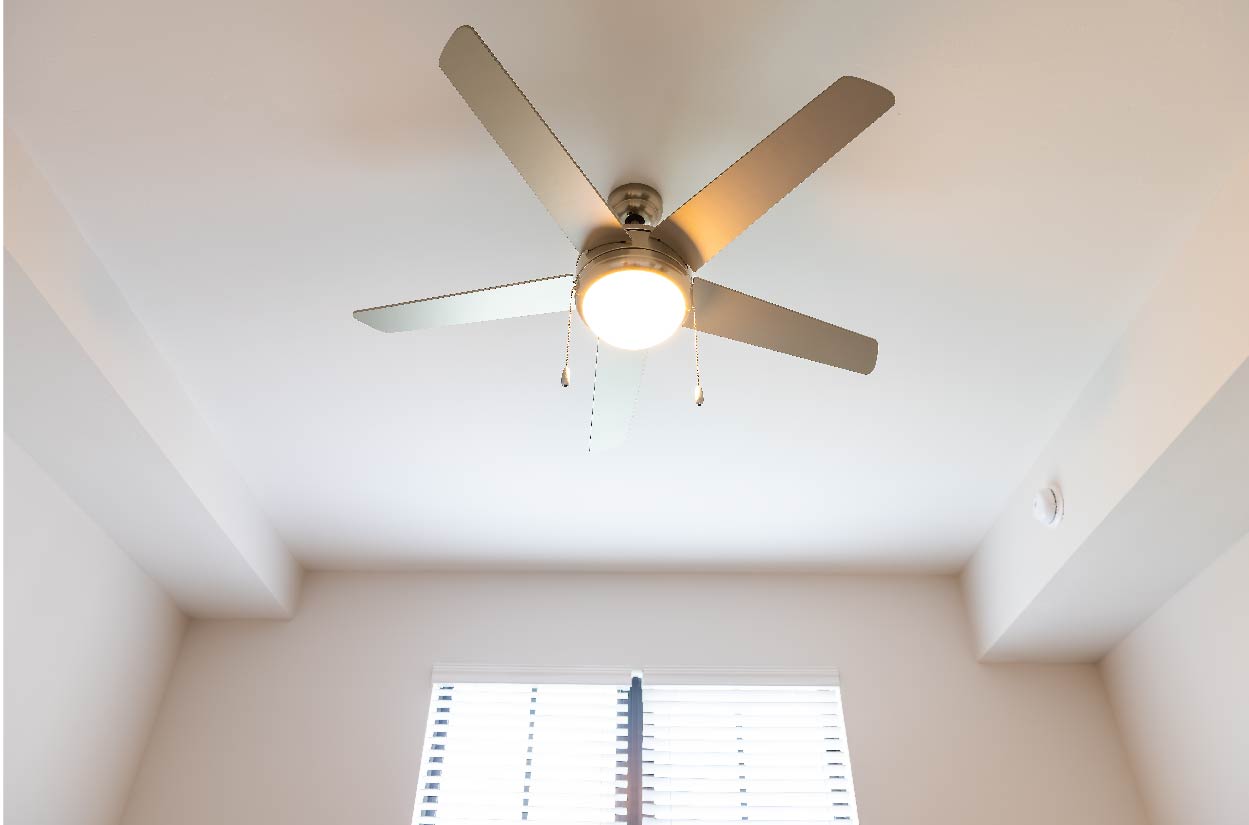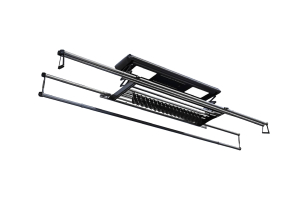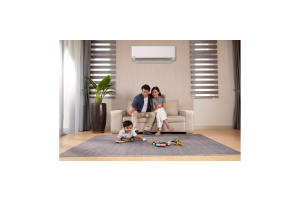Sustainable ways to cool your home
From filling your rooms with plants to adjusting your ceiling fans, here are seven ideas that won’t harm the planet.
In our hot and humid climate, it’s nearly impossible to live and work without air conditioning. In fact, our founding prime minister, Lee Kuan Yew, once called air-conditioning “the greatest invention of the 20th century”. And if you ask us, it certainly is an indispensable asset.
Sadly, though, air-conditioning accounts for 19% of Singapore’s carbon emissions. This is due to the use of hydrofluorocarbons (HFCs), which are commonly used as refrigerants in airconditioning equipment (a refrigerant is a substance that absorbs heat from the indoor environment and provides cool air as it travels through an air-conditioner system). HFCs contribute significantly to global warming, more so than other greenhouse gases like carbon dioxide.
Whether you’re trying to reduce your carbon footprint or save electricity, there are ways to keep your home cool without running the air-conditioner 24/7. Here are seven that are inexpensive and environmentally friendly.


Add heat-absorbing houseplants
Plants are a natural air-cooling solution. Many houseplants absorb heat and release cool evaporated moisture into the air, which helps lower the indoor temperature slightly.
Plants also make great dehumidifiers. Humidity can make a room feel warmer than it actually is, and plants help pull this excess moisture from the air.
The best houseplants to buy for their cooling effect include the snake plant (Sansevieria trifasciata), the money plant (Epipremnum aureum), the Boston fern (Nephrolepis exaltata), the Chinese evergreen (Aglaonema), the peace lily (Spathiphyllum), the rubber plant (Ficus elastica), and aloe verIa.
Keep window coverings closed during peak sunlight hours
If your windows face the sun, keep the curtains and blinds closed between 10am and 4pm. This will block the sun’s rays and keep the heat out, thereby cooling your homesignificantly.
Investing in blackout curtains is also a good idea, as these block the light and minimise the amount of heat entering the room.
Use reflective window film
Reflective window film is designed to reflect solar heat, reduce glare and filter the sun’s dangerous ultraviolet rays. This solution is especially useful if your windows face the sun and you don’t have window treatments such as curtains or blinds.




Set your ceiling fan’sdirection counterclockwise
If you have a ceiling fan, run it so that the blades move counterclockwise. This helps push the cooler air down towards you, creating a “wind chill” effect. Tip: As fans only cool the person and not the space, you will only experience this cooling effect if you are in the room.
Dim the lights
Lights generate heat, so turning off or dimming your lamps and ceiling lights can help to cool down your space substantially.
Incandescent and halogen light bulbs also produce a lot of heat, so switch them out for LED ones, which emit very little heat. LED bulbs are also energy-saving, helping to lower your electricity bills.
Turn off applianceswhen not in use
Televisions, computers, gaming systems, microwave ovens, washers and dryers give off a lot of heat. To minimise heat exchanges and help bring your indoor temperature down, turn off these appliances when you’re not using them.
Invest in aneco-friendly air-con system
In October 2022, the National Environmental Agency (NEA) started to phase out airconditioning equipment that uses refrigerants with a high Global Warming Potential (GWP), such as R-410A, in favour of more environmentally friendly, lower GWP options like R-32 that do not impact the ozone layer.
Mitsubishi, Fujitsu, LG, Midea, Panasonic, Samsung and Daikin are among the leading appliance brands that produce environmentally friendly air-conditioners with R-32 refrigerant.
Last but not least, remember to service your air-con system every three months. Regular professional servicing helps your air-conditioner run more efficiently and keeps it performing at an optimal level. In the long run, this lowers your utility bills, reduces energy consumption, and contributes to sustainability.






